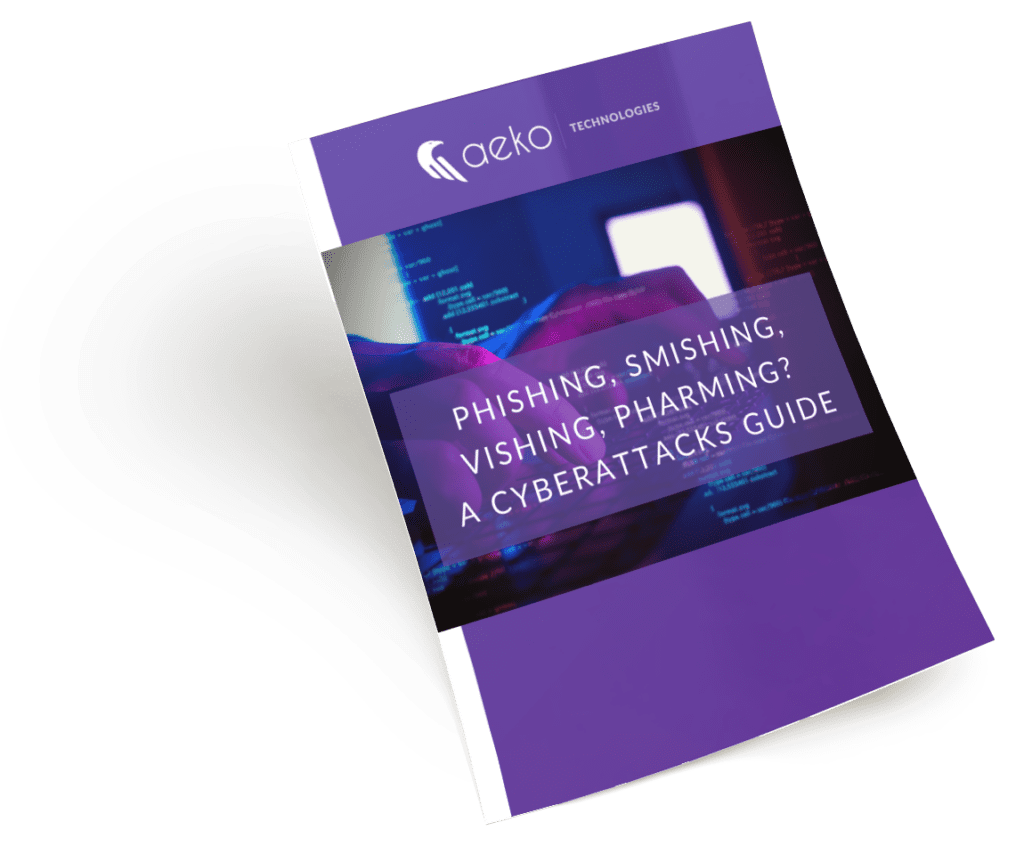Migrating to the cloud is a necessity for both large and small companies for better mobility, collaboration and business resilience. As someone who cares about your business, you need to move to the cloud: Using a trusted and experienced company to develop our cloud migration strategy will help you make the move with no headaches.
As a managed service provider, we’ve seen what happens when cloud migration doesn’t go according to plan. Here are six of the most common cloud migration mistakes to avoid.
1. Trusting an Inexperienced Partner
When dealing with a cloud migration issue, choosing the right partner to help find the right solution for your business is critical. Prioritize experience over familiarity or low pricing.
You might be inclined to give the task to an internal team whether they’re ready for it or not, but some of these choices lead to mistakes that increase costs in the long term.
2. Acting Too Hastily
Businesses today move quickly, but they should also move wisely. Many on-premises workloads should be modified before moving them to the cloud. Some of the workloads might not need to be moved at all.
Maybe an application should be rewritten before it is released in a cloud-native way, or you might even need to replace it entirely with a SaaS-based alternative. Deferring the cost to modernize your systems or replacing essential applications might be more expensive than waiting until after migration, so be sure to evaluate your priorities thoroughly before committing too quickly.
3. Improper Application Prioritization
Choosing which applications should move immediately and which should wait is arguably the most important phase in any cloud migration project. Failing to fully assess these workloads is a fairly common mistake that roadblocks success.
Infrastructure applications might need a different approach than operations apps. Ask your chosen migration vendors to build an initial cost at the start of the project, then submit a revised statement of work and the final price after the application assessment phase is complete.
4. Having a Poorly Defined “Landing Zone”
Your “landing zone” is the environment you are migrating to that has been built to host the workload you need. A properly defined “landing zone” will include:
- Infrastructure for monitoring, security and configuration management.
- Virtual private cloud (VPC) networking.
- Role-based access control (RBAC) roles and rule sets.
- Defined account structures.
- Federation to identity directories.
The wrong or inadequate implementation and design of a “landing zone” can increase the costs of compliance and security. Environments need to be carefully considered well in advance of the migration and included in the provided scope of work.
5. Projects Stuck in Gridlock
In many companies, lots of applications are interdependent. Moving them before considering their interdependencies can lead to incorrect grouping and order of application migrations, network performance issues and cascading delays, eventually leading to gridlock.
Gridlocks cause migration to take more time than initially planned, incurring additional costs. I&O leaders have to map dependencies as part of the application assessment process to ensure appropriate migration timelines are met.
6. Not Discovering “Hidden Costs”
The “hidden costs” of migrating to a cloud should be carefully considered before diving in. These can include costs associated with public cloud transformation for your organization or the residual costs of using the space previously occupied by the data center. Some costs might be unavoidable, but it is important to consider them as a part of your cloud migration budget.
Other hidden costs you should consider include the:
- Cost of changes to organizational structure and operating procedures.
- Cost to adopt agile DevOps practices across the IT organization.
- Losses in productivity due to vacated facilities and hardware, unused software licenses or unproductive staff.
- Cost of retraining existing teams.
- Cost of raising salaries to match cloud market salaries (or wage inflation).
- Cost to run duplicate versions of the same system during a migration move-over period.
Cost-Effective and Seamless Cloud Migration
A cost-effective and seamless cloud transition is possible if you do so carefully and with an experienced and knowledgeable partner. Want to soar into the clouds? Contact us or book a meeting.
Are you aware of the most common cyberattack methods?
Did you know there are over 3.4 billion phishing emails sent every day? Phishing and other cybercriminal behavior are a lot more common than you’d think.
Our free “Phishing, Smishing, Vishing, Pharming? A Cyberattacks Guide” will inform you about cyberattack methods and give you the latest in data security tips.


